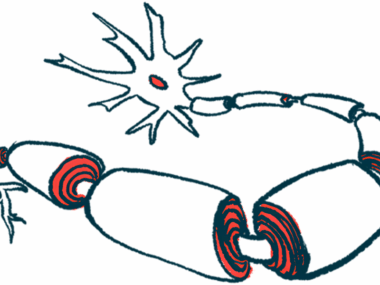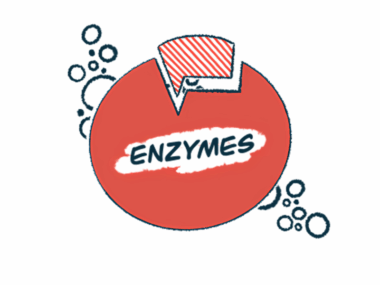Discovery may ultimately help to repair myelin in brain: Mouse study
Scientists find way to turn brain cells into myelin-repairing oligodendrocytes
Written by |

Scientists in Iran have discovered a new way to convert astrocytes — star-shaped brain cells that support nerve function — into oligodendrocytes, the cells that make and repair myelin in the brain.
When the converted cells were transplanted into the brains of mice with myelin damage like that seen in multiple sclerosis, the converted cells were able to help repair damaged myelin.
“The generation of OPCs [oligodendrocyte progenitor cells] from astrocytes via a small molecule cocktail may provide a new avenue for producing required progenitors necessary for myelin repair in diseases characterized by the loss of myelin such as multiple sclerosis,” the researchers wrote.
The team described their new method in a study titled “Conversion of Astrocyte Cell Lines to Oligodendrocyte Progenitor Cells Using Small Molecules and Transplantation to Animal Model of Multiple Sclerosis,” which was published in the Journal of Molecular Neuroscience.
“Given that astrocytes are … abundant in the [brain and spinal cord], they are an attractive source for generating OPCs in demyelinating conditions,” the researchers wrote.
Seeking ways to grow cells that could help with myelin repair in brain
In MS, inflammation in the brain causes damage to the myelin sheath, a fatty covering that wraps around nerve fibers. Myelin helps nerve cells send electrical signals, a bit like insulation around a metal wire. As such, myelin damage as seen in MS causes problems with neuron signaling, which ultimately drives disease symptoms.
While neurons are the most well-known type of brain cell, astrocytes are about 40% more abundant than neurons in the human brain. These cells have a wide array of important functions, helping to regulate metabolism and inflammation in the brain as well as supporting neuron function.
Astrocytes also are able to shape-shift: Under certain conditions, these cells can grow and differentiate into oligodendrocyte progenitor cells, known simply OPCs, which basically are immature oligodendrocytes.
In this study, scientists at the Tarbiat Modares University, in Tehran, reported a novel method to grow astrocytes into OPCs in a lab setting. The method requires a unique cocktail of small molecules that are added at specific concentrations to the medium used to grow the astrocytes. Other than its creation, the method is pretty straightforward — the cells grow in a dish, and all the researchers need to do is refresh the medium every few days.
The scientists showed that OPCs grown by this method exhibited all the major biochemical characteristics typical of this cell type. Most importantly, they were able to grow into mature, myelin-making oligodendrocytes.
Developing efficient and safe methods for generating OPCs [oligodendrocyte progenitor cells] is a promising strategy for treating demyelinating diseases including MS.
Carrying their work further, the team then tested the effects of transplanting the astrocyte-derived OPCs into the brains of mice with MS-like disease. In this model, animals are fed a toxic chemical called cuprizone that causes MS-like damage to the myelin sheath.
Consistent with results seen in dishes, the transplanted OPCs also were able to grow into mature, myelin-making oligodendrocytes in the mouse model.
“Two weeks after transplantation, most of the grafted cells expressed markers of mature oligodendrocytes,” the researchers wrote. The team said that this finding is “remarkable” considering that OPCs tend to have difficulty growing into mature oligodendrocytes in the cuprizone-induced model.
Given these data, the scientists suggested that OPCs created by this method could be a useful basis for the development of cell therapies for diseases like MS that are characterized by myelin damage. Helping the strategy is that astrocytes are abundant in the brain.
“Developing efficient and safe methods for generating OPCs is a promising strategy for treating demyelinating diseases including MS,” the scientists wrote.






